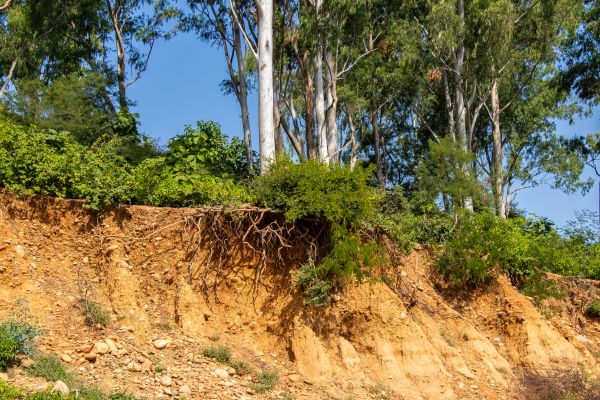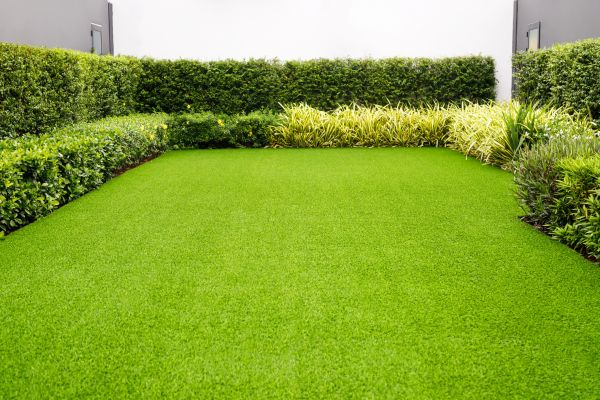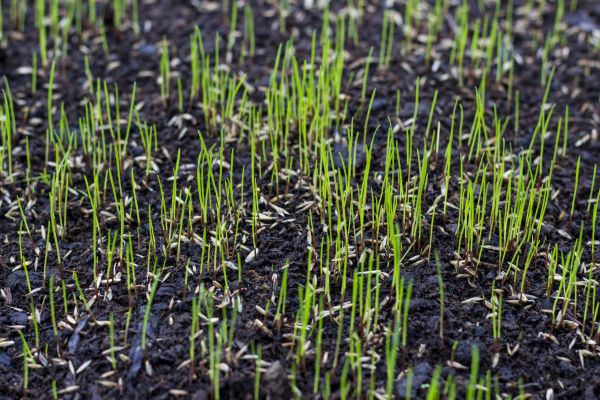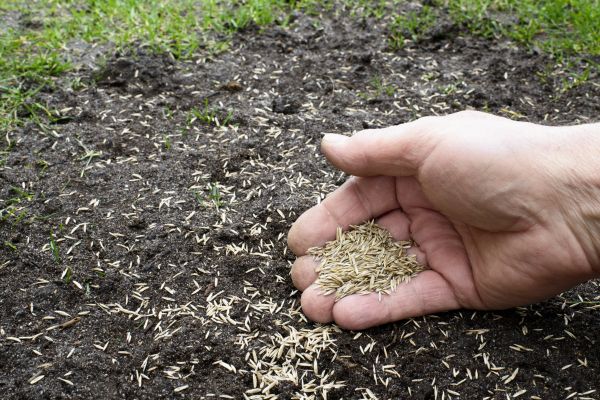Seed Spraying Service
Affordable Seed Spraying
Seed spraying, also known as hydroseeding, is an innovative method of planting grass, wildflowers, or other seeds by spraying a specially mixed slurry onto the soil. This slurry typically contains seed, water, fertilizer, and mulch, all combined to create a nutrient-rich environment that promotes rapid germination and growth. Seed spraying is particularly important for large-scale landscaping projects, erosion control, and areas that are difficult to access with traditional seeding methods. Its ability to cover large areas quickly and efficiently makes it a valuable tool in both urban and rural settings, ensuring that landscapes are lush, healthy, and sustainable.
Benefits of Seed Spraying
-
Efficient Coverage
Seed spraying allows for the efficient coverage of large or hard-to-reach areas. The slurry can be sprayed over uneven terrain, steep slopes, and other challenging landscapes, ensuring that seeds are evenly distributed and have the best chance of taking root. -
Erosion Control
One of the primary benefits of seed spraying is its effectiveness in controlling soil erosion. The mulch in the slurry helps protect the soil surface from erosion caused by wind and water, while the rapid establishment of vegetation further stabilizes the soil. -
Accelerated Growth
The nutrient-rich slurry used in seed spraying promotes faster germination and growth compared to traditional seeding methods. This accelerated growth means that landscapes become green and lush more quickly, providing aesthetic and environmental benefits in a shorter time frame. -
Cost-Effective
Although the initial investment may seem higher than traditional seeding, seed spraying is cost-effective in the long run. The rapid establishment of vegetation reduces the need for repeated applications and ongoing maintenance, ultimately saving resources and time.
FAQs About Seed Spraying
What types of seeds can be used in seed spraying?
Seed spraying can accommodate a wide variety of seeds, including grass, wildflowers, and even some shrubs. The choice of seed depends on the specific needs of the landscape and the desired outcome.
How long does it take for seeds to germinate after seed spraying?
Germination times can vary based on the type of seed used and environmental conditions, but typically, seeds begin to germinate within 7 to 10 days after application.
Is seed spraying suitable for all types of soil?
Seed spraying is adaptable to a variety of soil types. However, soil preparation and conditioning may be necessary to ensure optimal results, particularly in areas with poor or compacted soil.
Can seed spraying be used for small residential projects?
While seed spraying is often used for large-scale projects, it can also be adapted for smaller residential applications, providing a quick and effective way to establish a healthy lawn or garden area.
Fill out the contact form today to request professional Seed Spraying services. Enjoy the benefits of efficient coverage, erosion control, and accelerated growth by choosing expert Seed Spraying for your landscape needs.




